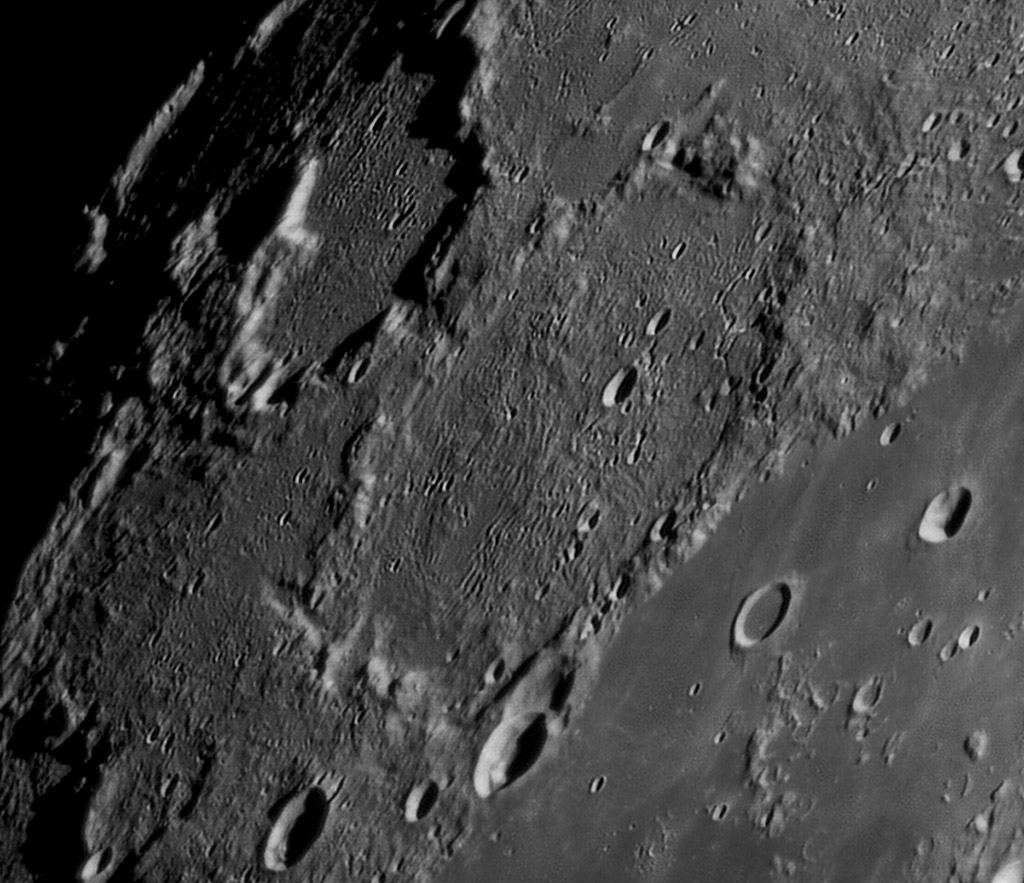Difference between revisions of "March 17, 2014"
| Line 1: | Line 1: | ||
__NOTOC__ | __NOTOC__ | ||
=A Different Kind of Swirl= | =A Different Kind of Swirl= | ||
| − | |||
<!-- ws:start:WikiTextHeadingRule:0:<h1> --> | <!-- ws:start:WikiTextHeadingRule:0:<h1> --> | ||
<!-- ws:start:WikiTextLocalImageRule:6:<img src="/file/view/LPOD-Mar17-14.jpg/496213120/LPOD-Mar17-14.jpg" alt="" title="" /> -->[[File:LPOD-Mar17-14.jpg|LPOD-Mar17-14.jpg]]<!-- ws:end:WikiTextLocalImageRule:6 --><br /> | <!-- ws:start:WikiTextLocalImageRule:6:<img src="/file/view/LPOD-Mar17-14.jpg/496213120/LPOD-Mar17-14.jpg" alt="" title="" /> -->[[File:LPOD-Mar17-14.jpg|LPOD-Mar17-14.jpg]]<!-- ws:end:WikiTextLocalImageRule:6 --><br /> | ||
| − | <em>image by [mailto:gtarsoudis@gmail.com George Tarsoudis], Alexandroupolis - Greece</em><br /> | + | <em>image by [mailto:gtarsoudis@gmail.com" rel="nofollow George Tarsoudis], Alexandroupolis - Greece</em><br /> |
<br /> | <br /> | ||
| − | I have clipped out just one feature from a new [http://www.lunar-captures.com/craters_H_files/140314_J_Herschel_Tar.jpg mosaic] George has posted on his website. But it is a fascinating feature. [http://the-moon.wikispaces.com/J.+Herschel J. Herschel] is a 163 km wide degraded crater. Its rim still rises above the surroundings in a number of places, but the interior has been greatly shallowed, and a central mound with a swirled surface rises up to 400 m above the floors edges. This swirled material has been considered to be a surface flow of ejecta from the formation of the Imbrium Basin, and it may well be, but why are there no other similar deposits nearby? Similarly swirled deposits near Orientale cover wide areas. George noted that his image captured the short and complex rille system on the right side of the crater floor. The three [http://bit.ly/1cOHG6y overlapping craters] at the south end of the system is the vent area for a [http://www.lpi.usra.edu/resources/mapcatalog/usgs/I604/72dpi.jpg long-known] pyroclastic deposit, described recently in a student [http://pdsmgmt.gsfc.nasa.gov/education/csi/proposals/Garlant_Proposal_Final.pdf proposal] and [http://pdsmgmt.gsfc.nasa.gov/education/csi/presentations/ presentation] of a NASA intern. Very few pyroclastic deposits [http://www.lpod.org/archive/archive/2004/02/LPOD-2004-02-10.htm occur] in this northern part of the Moon, and it is surprising that this one is inside a basin ejecta filled crater. But the rilles show that lava reached the surface, perhaps up fractures associated with the controversial northern rim of the Imbrium Basin.<br /> | + | I have clipped out just one feature from a new [http://www.lunar-captures.com/craters_H_files/140314_J_Herschel_Tar.jpg" rel="nofollow mosaic] George has posted on his website. But it is a fascinating feature. [http://the-moon.wikispaces.com/J.+Herschel J. Herschel] is a 163 km wide degraded crater. Its rim still rises above the surroundings in a number of places, but the interior has been greatly shallowed, and a central mound with a swirled surface rises up to 400 m above the floors edges. This swirled material has been considered to be a surface flow of ejecta from the formation of the Imbrium Basin, and it may well be, but why are there no other similar deposits nearby? Similarly swirled deposits near Orientale cover wide areas. George noted that his image captured the short and complex rille system on the right side of the crater floor. The three [http://bit.ly/1cOHG6y" rel="nofollow overlapping craters] at the south end of the system is the vent area for a [http://www.lpi.usra.edu/resources/mapcatalog/usgs/I604/72dpi.jpg" rel="nofollow long-known] pyroclastic deposit, described recently in a student [http://pdsmgmt.gsfc.nasa.gov/education/csi/proposals/Garlant_Proposal_Final.pdf" rel="nofollow proposal] and [http://pdsmgmt.gsfc.nasa.gov/education/csi/presentations/" rel="nofollow presentation] of a NASA intern. Very few pyroclastic deposits [http://www.lpod.org/archive/archive/2004/02/LPOD-2004-02-10.htm" rel="nofollow occur] in this northern part of the Moon, and it is surprising that this one is inside a basin ejecta filled crater. But the rilles show that lava reached the surface, perhaps up fractures associated with the controversial northern rim of the Imbrium Basin.<br /> |
<br /> | <br /> | ||
| − | [mailto:tychocrater@yahoo.com Chuck Wood]<br /> | + | [mailto:tychocrater@yahoo.com" rel="nofollow Chuck Wood]<br /> |
<br /> | <br /> | ||
<strong>Technical Details</strong><br /> | <strong>Technical Details</strong><br /> | ||
| Line 15: | Line 14: | ||
<strong>Related Links</strong><br /> | <strong>Related Links</strong><br /> | ||
[http://lpod.wikispaces.com/21st+Century+Atlas+of+the+Moon 21st Century Atlas] chart 19.<br /> | [http://lpod.wikispaces.com/21st+Century+Atlas+of+the+Moon 21st Century Atlas] chart 19.<br /> | ||
| − | George's [http://www.lunar-captures.com website] and Facebook [http://www.facebook.com/gtarsoudis page]<br /> | + | George's [http://www.lunar-captures.com" rel="nofollow website] and Facebook [http://www.facebook.com/gtarsoudis" rel="nofollow page]<br /> |
<br /> | <br /> | ||
<hr /> | <hr /> | ||
Revision as of 22:57, 4 January 2015
A Different Kind of Swirl

image by " rel="nofollow George Tarsoudis, Alexandroupolis - Greece
I have clipped out just one feature from a new " rel="nofollow mosaic George has posted on his website. But it is a fascinating feature. J. Herschel is a 163 km wide degraded crater. Its rim still rises above the surroundings in a number of places, but the interior has been greatly shallowed, and a central mound with a swirled surface rises up to 400 m above the floors edges. This swirled material has been considered to be a surface flow of ejecta from the formation of the Imbrium Basin, and it may well be, but why are there no other similar deposits nearby? Similarly swirled deposits near Orientale cover wide areas. George noted that his image captured the short and complex rille system on the right side of the crater floor. The three " rel="nofollow overlapping craters at the south end of the system is the vent area for a " rel="nofollow long-known pyroclastic deposit, described recently in a student " rel="nofollow proposal and " rel="nofollow presentation of a NASA intern. Very few pyroclastic deposits " rel="nofollow occur in this northern part of the Moon, and it is surprising that this one is inside a basin ejecta filled crater. But the rilles show that lava reached the surface, perhaps up fractures associated with the controversial northern rim of the Imbrium Basin.
" rel="nofollow Chuck Wood
Technical Details
Mar 14, 2014. SkyWatcher 14 inch @f/4.5, camera QHY 5L-II, filter Red, barlow 3X, mosaic 4 images.
Related Links
21st Century Atlas chart 19.
George's " rel="nofollow website and Facebook " rel="nofollow page



